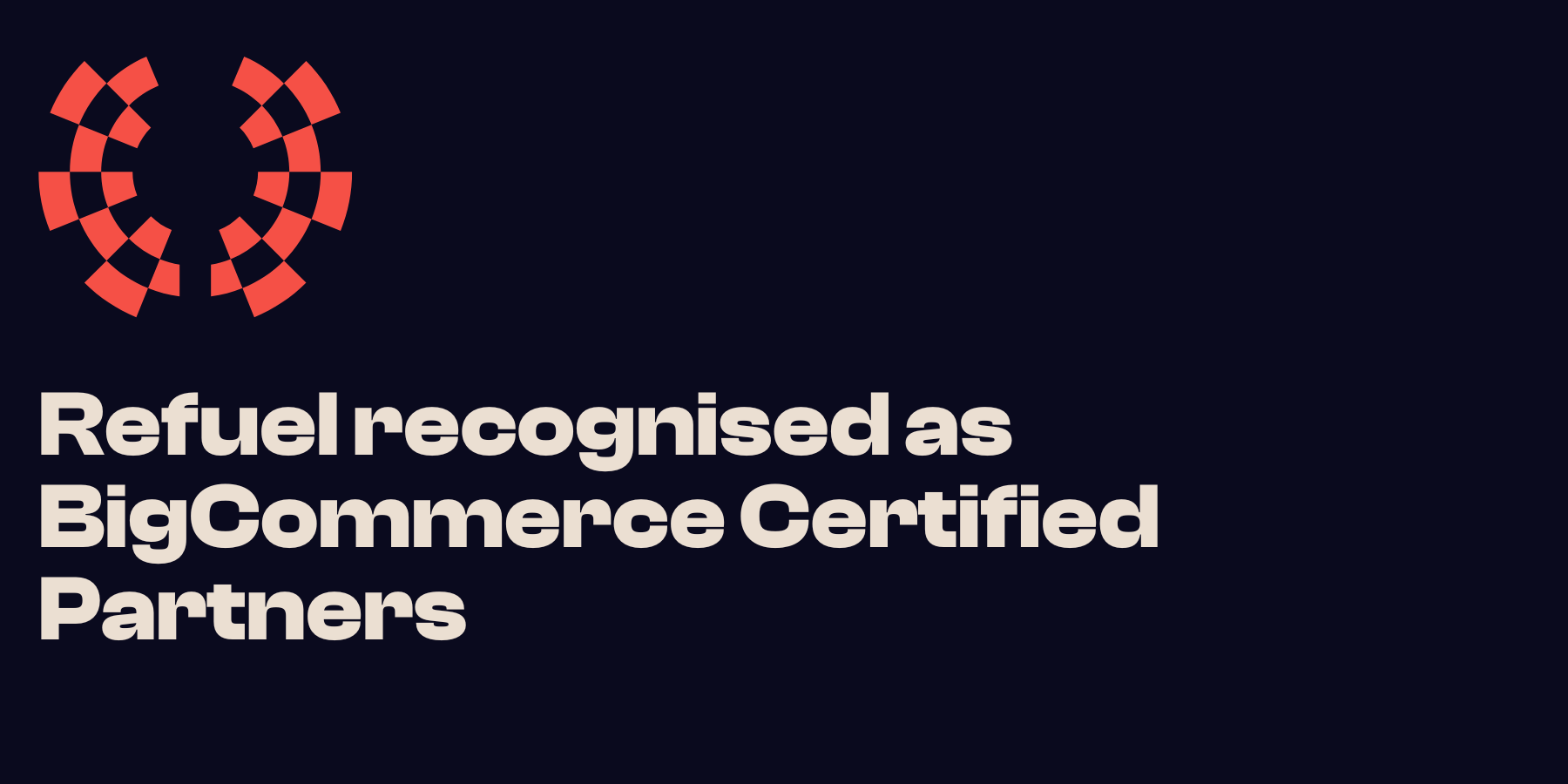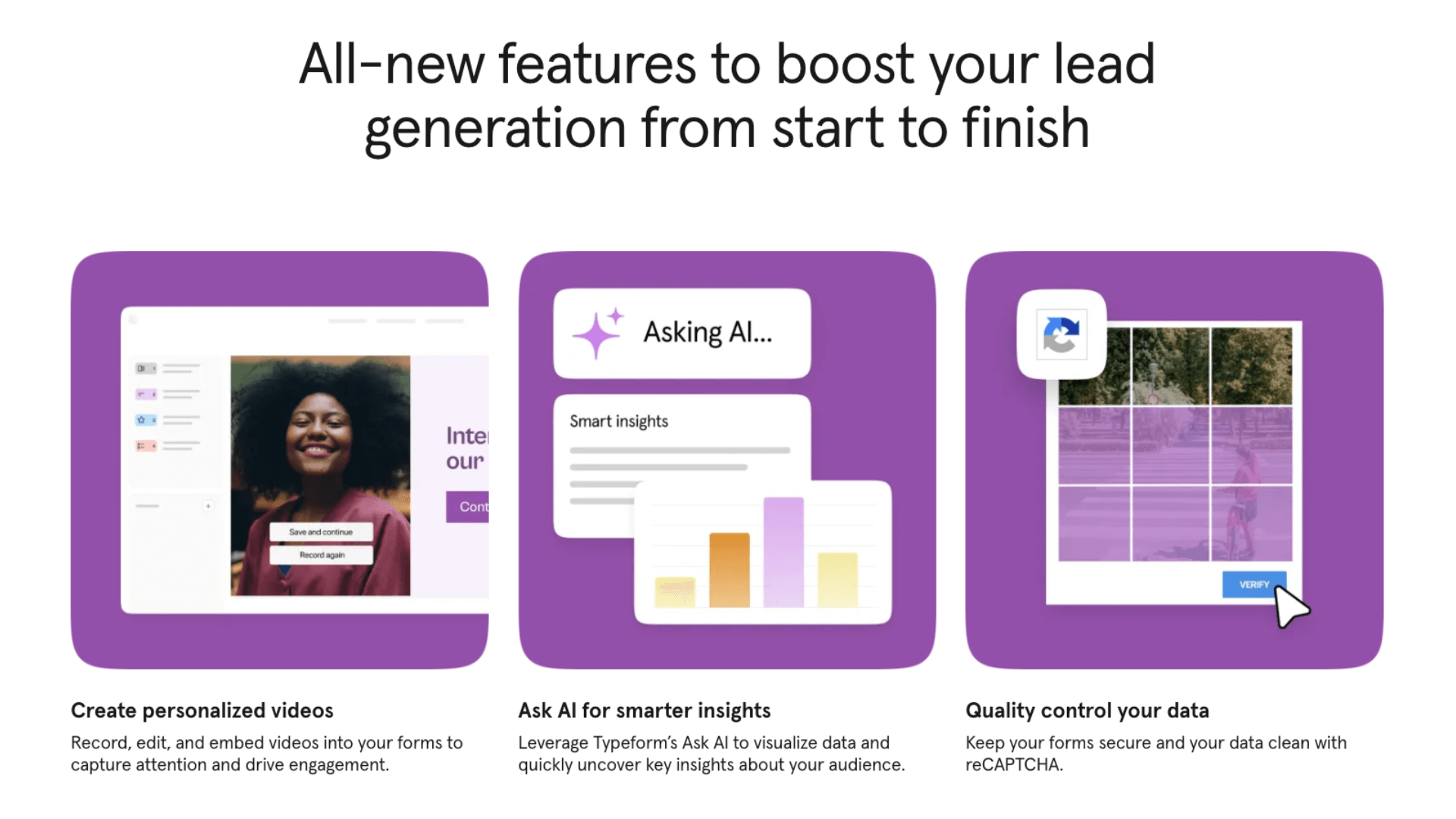What is email marketing and how do I build an email list?

Last updated: 20 February 2022
Email is one of the most cost-effective communication tools in our arsenal and used by businesses everywhere. Which is why using EDMs (electronic direct mail) is one of the most effective and affordable marketing strategies to reach your audience.
If you’re new to email marketing, stick around. We’ll be exploring all the tips and tricks to running a successful email marketing campaign across three blogs, each focused on a different element.
Let’s kick things off with the basics before we dive into finding an email marketing service provider and building your lists.
What is email marketing?
In simple terms, email marketing is reaching out to existing or potential customers via email. A potential customer may have signed up for more information or a free trial before making their decision. Existing customers may be keen to keep up with new product launches or industry insights shared in your latest blog post.
Whether you’re creating and sending email newsletters, promotions or updates, regular and relevant emails are a fantastic way to build relationships, stay in touch (and top-of-mind) with your customers, and nurture new leads.
Here are the preliminary steps to a successful email campaign:
- choose an email marketing service provider
- build your email list
- define your audience and buyer personas
Choosing an email marketing service provider
There are loads of email service providers who can help you create attractive, effective emails. Many have easy-to-use email templates that support different email hosts and layouts so your email looks as good on mobile devices as it does a desktop. They also include features to track your campaign to monitor open rates and click-through rates on your calls to action (CTAs).
Popular email marketing service providers include:
HubSpot is our solid favourite with email marketing included in their free tier. This version gives you up to 1 million contacts in your database, allowing you to send 2,000 emails a month. Upgrade to a paid tier, and for a price that’s comparable to MailChimp, you can segment and personalise your emails using any data in your CRM (customer relationship management software), giving you marketing customisation superpowers.
Read more here about each of these platforms and why we prefer HubSpot’s free plan.

But we also love MailChimp for its ease-of-use, reporting and clean, intuitive interface. You can create and automate campaigns and social media ads, using the metrics provided to tweak or split test to optimise engagement.
MailChimp has an excellent free option which is great for startups and small businesses so you can get started. You can have up to 2,000 recipients in your list and send up to 12,000 emails per month. And if you grow beyond that, paid plans allow you to scale up. MailChimp also integrates seamlessly with other platforms such as HubSpot, Salesforce, Square and Shopify - another plus for your growing business.
Building your email list
Once you’ve settled on the right email marketing platform for your business, it’s time to build your email list.
The first rule of list building… make sure all your recipients have opted in!

Sending emails to people who haven’t opted in - regardless of whether you use their business or personal email - breaches spam laws right around the world. Which is why you should also avoid buying email lists. It might seem like a quick win, but the recipients haven’t agreed to emails from YOU, even if they opted into the original list itself.
The consequences of spamming can range from being banned by your email provider, to millions of dollars in penalties. Ouch!
It really isn’t worth the risk to either your profit margin - or your reputation.
Besides, when you build your email list from people actively opting-in, you have an audience who are legitimately interested in hearing from you. Which is far more likely to lead to conversions and repeat business than wasting time and effort on people who have little to zero interest in anything you have to say.
To make sure your email campaigns comply with spam rules and tick all the right boxes, check out this informative guide from the Australian Communications and Media Authority (ADMA) and the Australian Spam Act 2003. Both of these outline best practices for both Australia and most other countries.
So now we’ve spelled out what not to do, how should you go about building a legitimate email list?
One of the best ways is to use your website and include a well-designed landing page with a sign-up form to encourage online sign-ups. Provide something of value in exchange for that email, such as a giveaway, discount code, or access to a private members-only area.
On the Refuel website we offer several different options:
- Content offers - eBooks, checklists and other resources.
- An exploratory call - a half-hour call where we provide a basic assessment and idea to help achieve your business goals.
- Our chatbot - ask our bots any questions, queries or concerns in real-time and receive instant, professional marketing advice instantly.
 Once people have signed up to our list, we can track the effectiveness of the various subscription options to learn what our subscribers want over time.
Once people have signed up to our list, we can track the effectiveness of the various subscription options to learn what our subscribers want over time.
While online sign-ups are a no-brainer, don’t forget to collect emails in person as well. The trick to this is providing some kind of tangible value to the subscriber, so they feel thoroughly compelled to subscribe.
Think about some of these simple strategies:
- If you’re a brick and mortar store, encourage sign-ups at the point of sale, or send a transactional email that confirms the order, payment and delivery details.
- Offer memberships that need customers to provide their email and receive email communications as a condition of acceptance.
- Encourage people to take part in a draw at a trade show or community event that asks for an email address.
- Exchange email addresses for a physical offer of some kind in your store, stall or pop up eg. a free keyring in exchange for an email address.
When someone signs up, send them a customised welcome letter (or series of letters). Make them feel welcome with some introductory material for new subscribers. This easy marketing automation process is featured in most email marketing software.
Define your audience and create buyer personas
Each time you send out an email, make the interaction as personal as possible. This may start with a ‘first name filter’, as this is the easiest option. Ultimately, your communications should reflect an understanding of where each customer is in the purchasing process and what their challenges or needs may be.
This is when it becomes important to define exactly who the recipients in your audience are and create messaging based on the personas in each segment of your list.

For instance, if you’re a food supplier and know that part of your mailing list are vegans, then you’re not going to want to send them information for meat-based products or recipes. By sending them news and information relevant to their dietary choices, they’ll find your content super-relevant and want to keep reading, engaging and potentially sharing your campaigns with others.
Some of the basics that should be easy to work out might be:
- Nationality - make sure you’re promoting your products/services in the right language
- Location - exclude places where your product/services aren’t available
- Gender - for instance, market men’s shoes towards men only
- Age - target wealth creation at a younger crowd and maximising retirement funds at an older audience
- Time zones - if your email sends are international, make sure to send them at optimal times in each location
- Seasons - don’t advertise electric blankets in summer
From there build your marketing personas - create a typical customer that represents each segment of your list and put a name and a face to them. You can create a buyer persona template that can be updated as your audience demographics grow.
Things to consider might include all the basics above, as well as:
- What your customers want in your newsletter - check the metrics from previous emails to see what they opened and clicked on. This is a great way to see what matters to your audience.
- When customers are engaging - your data can tell you if your customers are online or opening emails from you during their lunch hour, or over the weekend. Be sure to schedule your campaigns when your audience is most likely to interact.
- What products or services people have been investigating or purchasing - this can be a great opportunity to follow up with related goods, or touch base for feedback to make sure they’re happy.
- What interests they have - can you tie in campaigns with their passion for camping or baking?
Once you’ve created ideal customers for your messaging, you will then have a better idea of what language, terminology and benefits to focus on.
Which brings us to the next important piece of the puzzle.
Check your list
List maintenance is an ongoing task. Keep track of who is opening your emails and, every now and then, get rid of the dead email addresses. Email programs make it easy to track open rates and unsubscribe rates. They can let you know exactly what action subscribers are taking on any given message.
Once your subscribers click through to your website, you can use Google Analytics to understand their next step. This takes you beyond click-through rates and shows the impact on your website.
For example, it’s possible to track a user and see exactly which link is most effective in driving traffic to your eCommerce store. You can then use this to determine your conversion rates - how many visitors actually complete the sale? How much money does each email make your business?
With a tool like HubSpot you can take this a step further for business to business brands that may not take money online. Measure your conversions from emails, but track it against your deals so you can measure how much offline income your emails made.
Loop back and test different wording or images or links to see if you can improve on your end goals.






